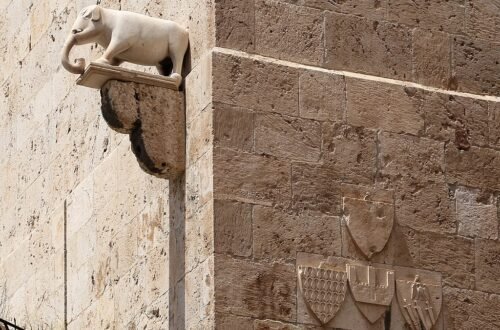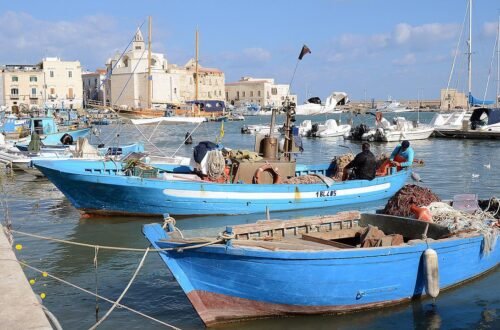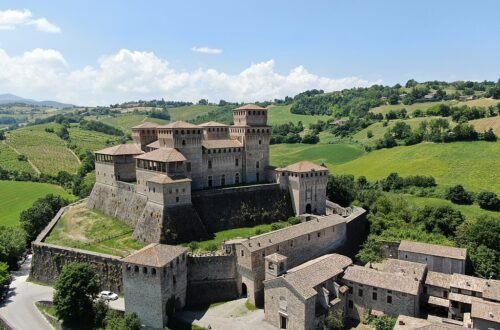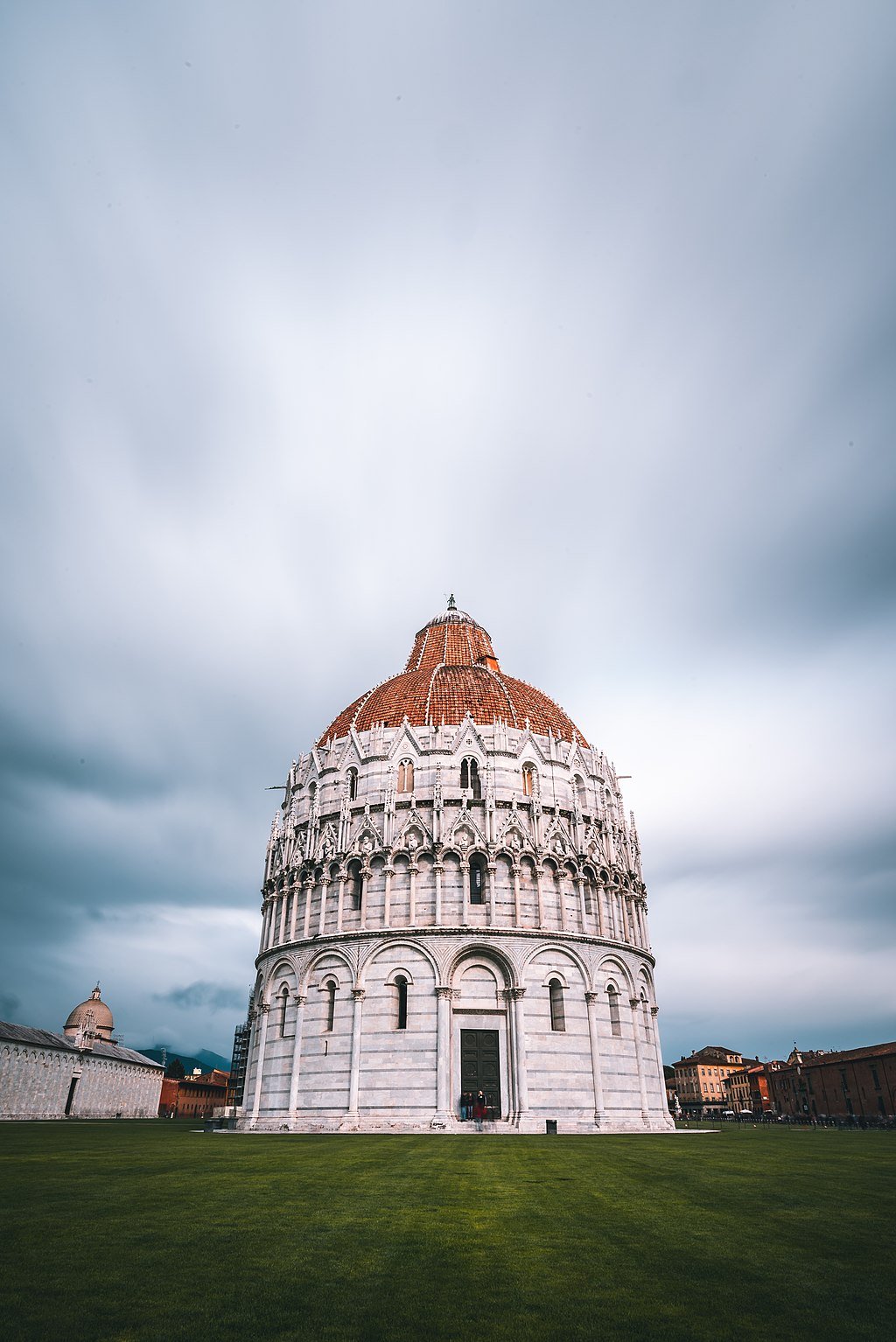
15 Best Things to See in Pisa (Italy)
One of the most well-known and fabled cities in this part of Italy is Pisa. Pisa is frequently visited by tourists en route to Florence, but it is a beautiful city to stay in and provides much more than simply its fabled leaning tower. Pisa, which lies on Italy’s western coast, is only 20 minutes from the Ligurian Sea and has excellent transportation connections to Florence, Livorno, and La Spezia. Despite being one of the smaller cities in Italy’s Tuscany region, with only 91,000 residents, it has historically been one of the most significant and prominent. Pisa gained notoriety and developed into one of Italy’s major maritime republics starting in the eleventh century. The population of the city increased, and money was invested in the city to build its still-standing, internationally renowned monuments and upgrade its infrastructure. Pisa participated in many battles during the Middle Ages and was crucial to the wars and disputes between the Ghibellines and the Guelphs. The city still maintains its ports today, which contributes significantly to its economy. Additionally, Pisa has a well-established tourist infrastructure thanks to iconic structures like the Leaning Tower. For people who want to visit Pisa, this city offers a wonderful selection of stunning old structures, and it even contains more than 20 old churches. Additionally, Pisa is home to some top-notch museums and stunning landscapes along the banks of the River Arno. This medieval city is well worth more than just a quick stop by, and it makes a fantastic starting point for anyone interested in touring this part of Tuscany. Let’s examine the top activities in Pisa:
- Campo Santo
- The Baptistery
- Take a walk along the River Arno
- The University of Pisa Botanical Gardens
- Museo Nazionale
- The Leaning Tower of Pisa
- Museo dell’Opera del Duomo
- Borgo Stretto
- Ponte di Mezzo
- Keith Haring Mural
- Guelph Tower
- Palazzo dei Cavalieri
- Gelateria De’ Coltelli
- Santa Maria Della Spina
- The Cathedral of Santa Maria Assunta
Campo Santo
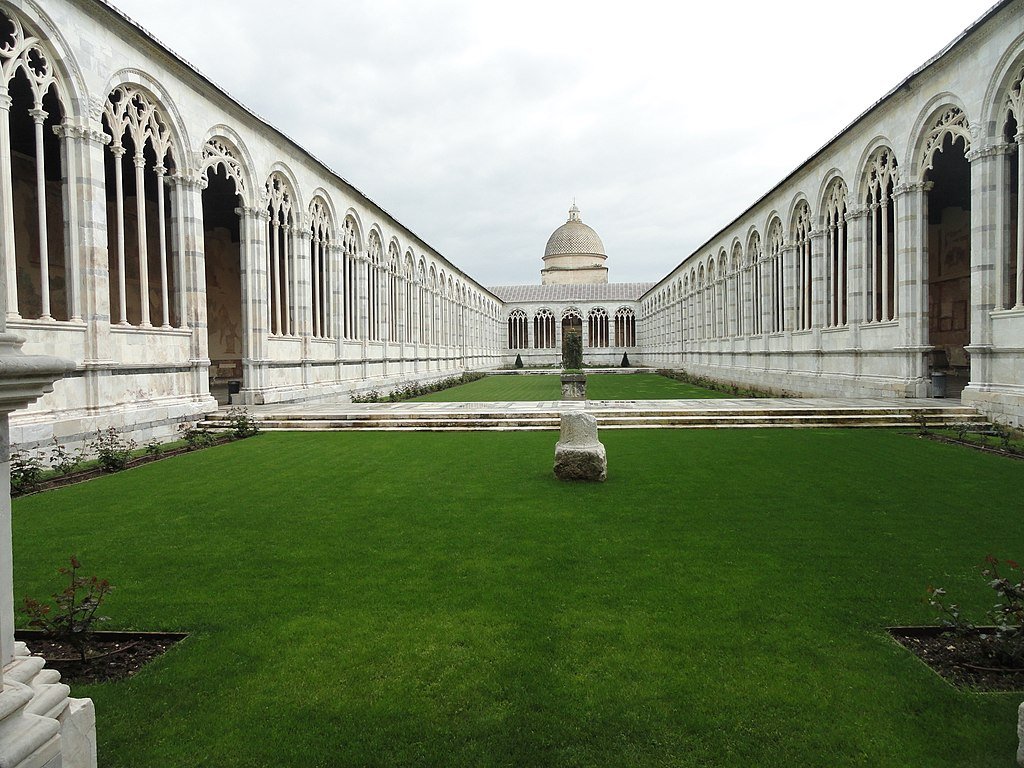
The Monumental Cemetery is the Square of Miracles’ final notable building. This complex, which is adjacent to the cathedral, is constructed from the same stone as the other structures and has a lovely internal courtyard. The main building’s internal hallway is lit well and has several lovely (if a little fading) frescos. The courtyard of this complex is perhaps its most well-known feature; here, a sizable lawn is surrounded by lovely flowers, and the exterior walls are adorned with elaborate arches, making for a fascinating and picturesque setting.
The Baptistery
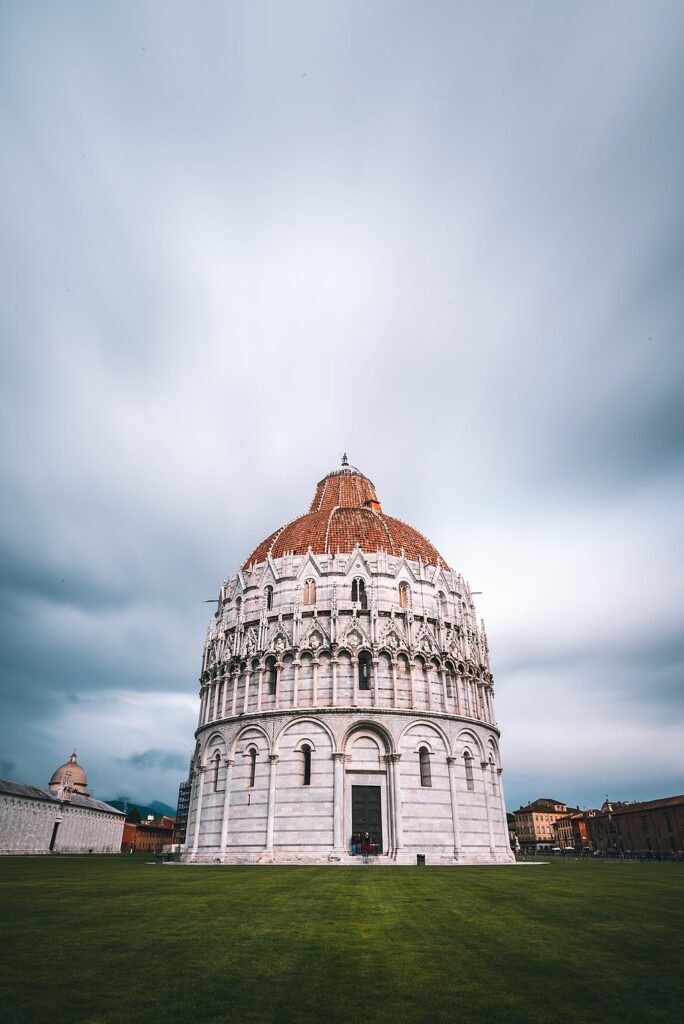
Despite being a part of Piazza Dei Miracoli, the Pisa Baptistery is a worthwhile sight in and of itself. The old, original baptistery was replaced with this building, which was built at the same time as the Campanile. This massive building is 54 meters tall and has a stunning outside design with several statues, arches, and decorations. The baptistery’s dome roof is also only partially finished; half of it is covered with orange tiles, while the other half is unfinished and naked. The lavish ornamentation continues into the baptistery, where you can see a lavishly ornamented pulpit and a font.
Take a walk along the River Arno
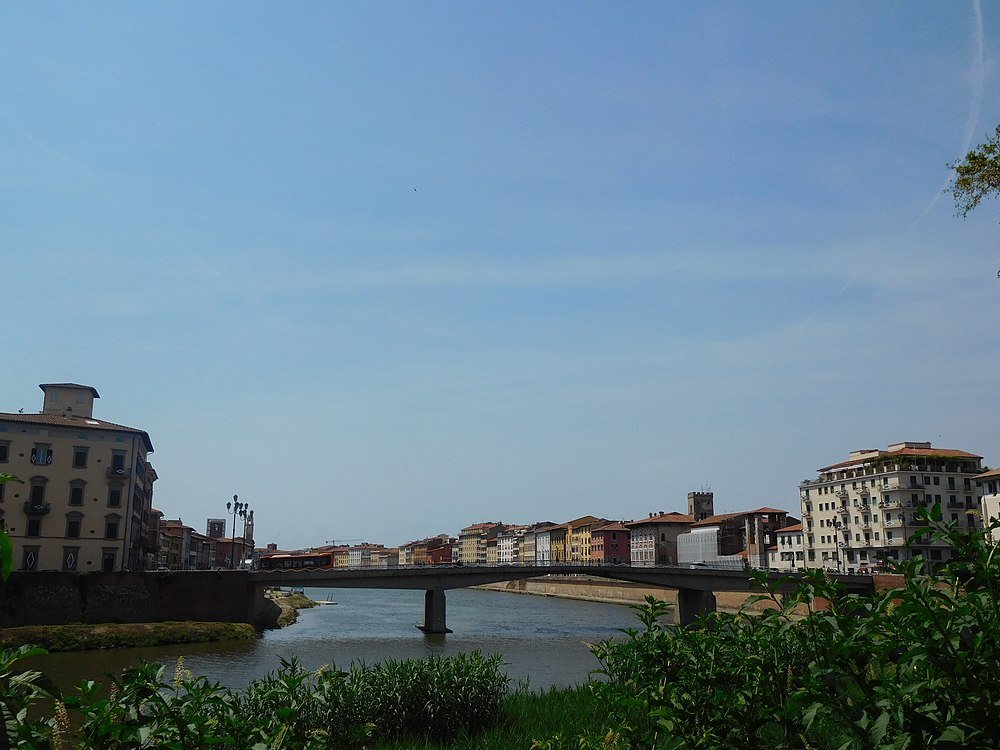
One of Italy’s major rivers is the Arno, and Pisa was constructed around it. This river originates from Mount Falterona and has a length of 241 kilometres. The Arno part that passes through Pisa offers very picturesque scenery and is a wonderful area to merely stroll along. In the heart of Pisa, the Arno is spanned by five exquisite bridges, while the Galileo Galilei and Lungarno Mediceo both run parallel to the river. This area in Pisa is incredibly photogenic due to the beautiful backdrop created by the residences and architecture.
The University of Pisa Botanical Gardens
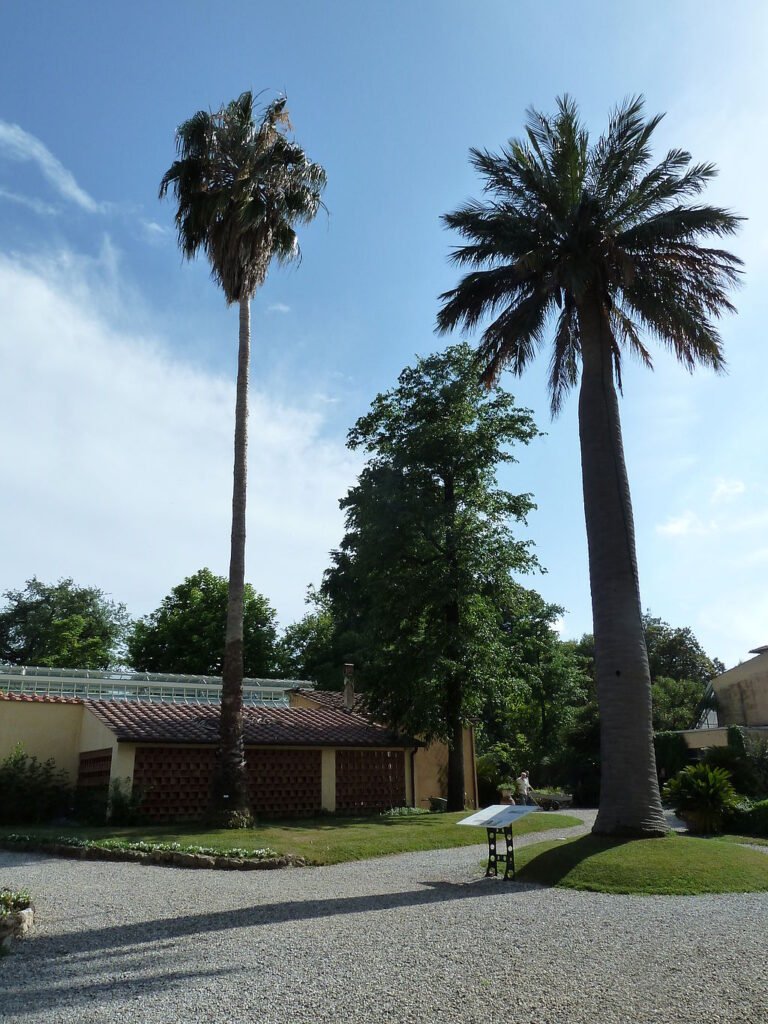
Pisa University looks after these lovely botanical gardens, which are a joy to visit. The Medici family first built the garden in the 16th century, and it has since been moved multiple times. This garden is conveniently located in the ancient old town and is home to a lovely variety of plants, trees, flowers, and other wildlife. There are many distinct sections in the garden, including gardens, ponds, greenhouses, and an arboretum. The botanical gardens’ buildings are lovely, and the assortment of plants is beyond stunning.
Museo Nazionale
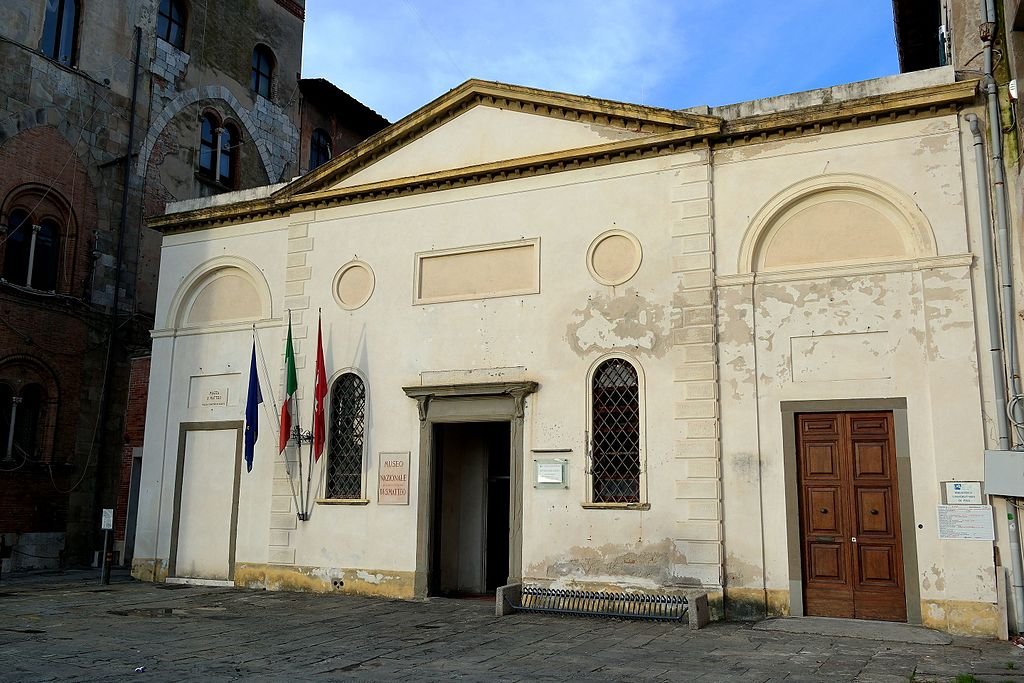
The National Museum of Pisa, the most revered museum in the city, is situated on the banks of the Arno River and houses some magnificent artefacts and sculptures. This museum is the place to go if you want to understand a little bit about the history of this lovely city. Original sculptures from the Baptistery and cathedral, as well as some exquisite paintings from the 12th and 13th centuries, are noteworthy items. Several old books and other religious artefacts from Pisa’s many churches are also present. Make sure you go to this museum if you decide to see one while you’re in Pisa.
The Leaning Tower of Pisa
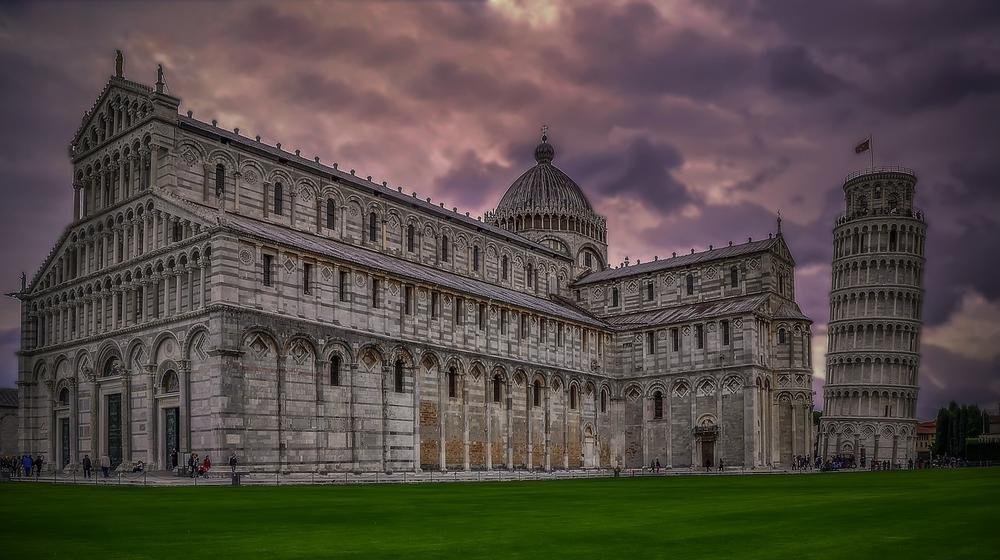
This is, by far, the most popular attraction in Pisa and is a well-known building all over the world. The Campanile, or bell tower, of the Pisa Cathedral, is a stunning building in and of itself, but it is well-known for its apparent tilt. Following the cathedral’s construction in the 12th century, this structure was quickly discovered to have weak foundations and started to lean. The tower is still sagging now, although precautions have been taken to prevent it from collapsing. Aside from being used as a backdrop for amusing images, the tower’s construction is quite amazing, and the six rows of stone arches are simply stunning. Additionally, you can ascend to the tower’s summit for an unreal slanted perspective of the nearby city.
Museo dell’Opera del Duomo
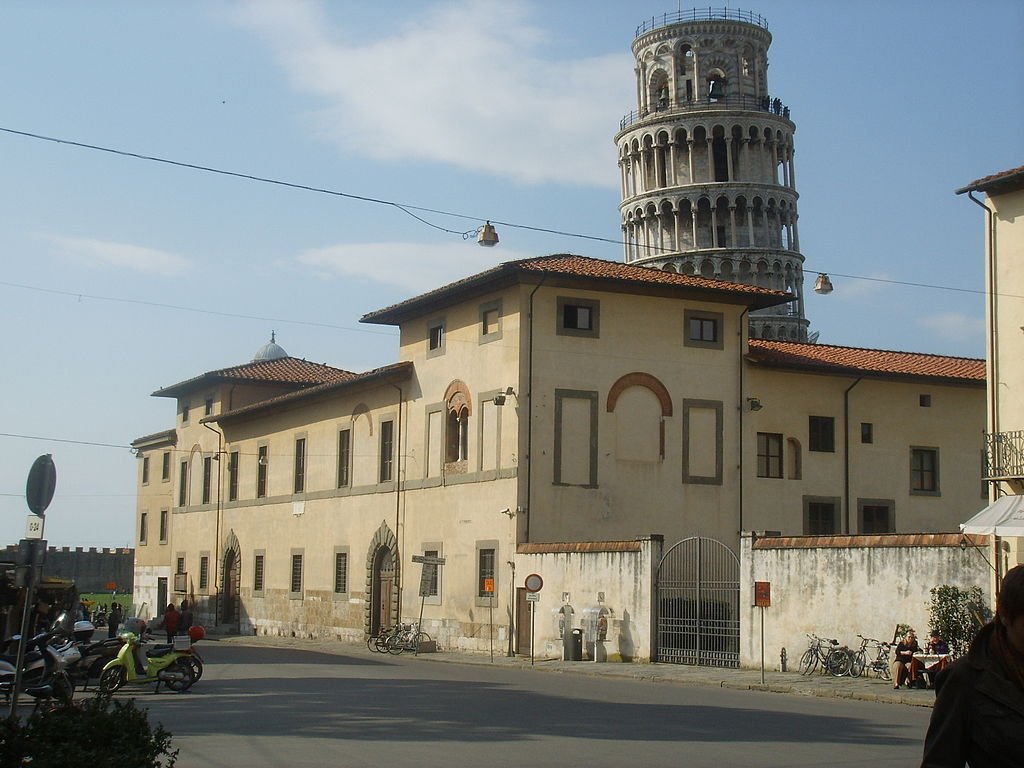
Although there are many lovely items in this museum, it is one of Pisa’s least frequented. The Piazza Dei Miracoli is home to the Cathedral Museum, which has stunning views of the leaning tower from its second-floor windows. A sizable collection of artefacts and relics from the Cathedral of Pisa and the surrounding area may be found inside this museum. Items include silversmith work, needlework, tombs, sculptures, and paintings. Additionally, you can discover a variety of Roman-era religious artefacts as well as some artefacts from Pisa’s maritime past. Each display is expertly designed, and it includes a detailed English description.
Borgo Stretto
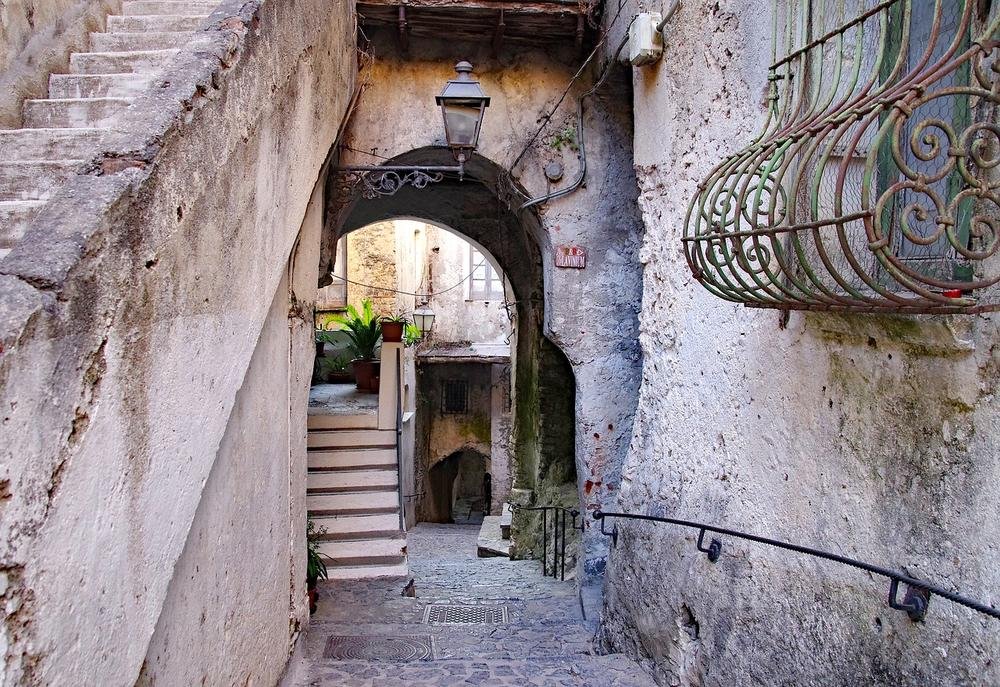
The Borgo Stretto is the place to go if you want to experience both amazing architecture and high-end retail shopping. This charming street begins from the Piazza Garibaldi near the Ponte di Mezzo in the centre of the city. There are several different designer businesses, boutique shops, and charming cafes on this street. There is no better place in Pisa to go if you enjoy a little retail therapy! Even for those without a shopping inclination, the stunning architecture of the buildings is a must-see attraction.
Ponte di Mezzo
One of Pisa’s most stunning and well-known bridges, the Mezzo Bridge, spans the River Arno. This 89-meter-long bridge was built in 1947. Sergio Aussant of Livorno designed the bridge, which has white Verona stone lining its sides. This is the bridge to cross if you want a picturesque view of the River Arno. Fantastic architecture and breathtaking views can be found on both sides of the bridge.
Keith Haring Mural
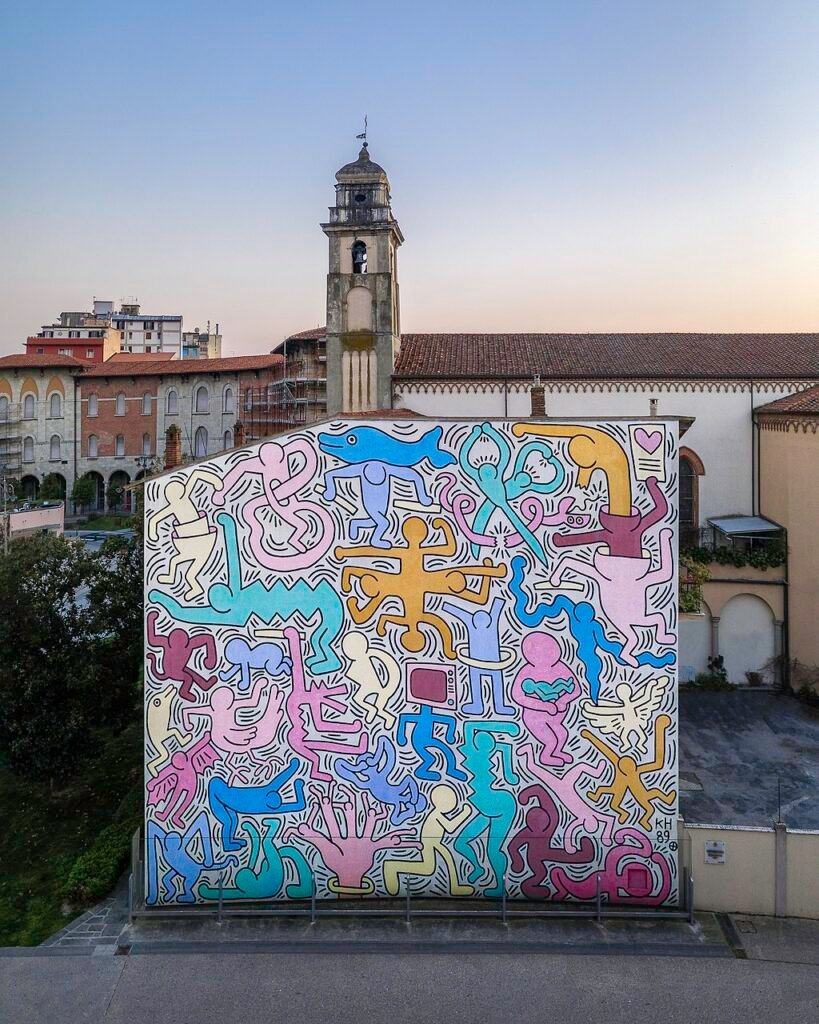
A well-known artist from around the world, Keith Haring is best known for his murals. Although Pisa is home to many historical structures and stunning Italian architecture, it also features a stunning mural created by an American artist. The mural, which is located near the Piazza di Vittoria Emanuele II, is a genuinely wonderful work of art that portrays a picture of harmony and peace. The mural, which is awash in colour and has 30 different individuals in various stances, exudes energy and vitality. This painting in Pisa stands out sharply from the city’s other structures and is a must-see for anyone with an interest in art.
Guelph Tower
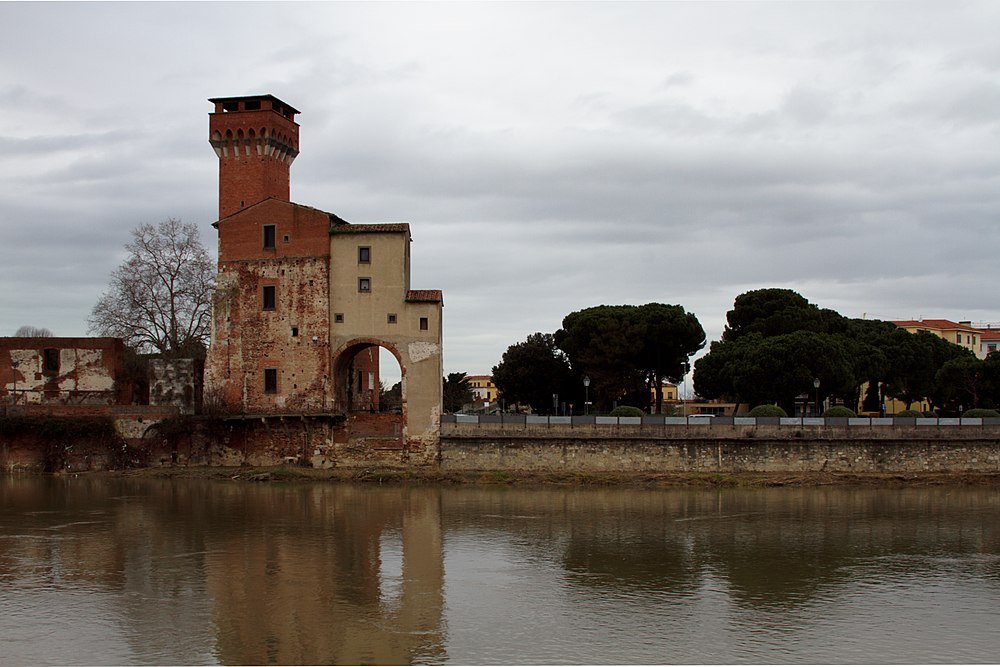
This beautiful building, which is a part of the old citadel complex, is situated on the Arno River’s banks. During the 13th and 14th centuries, Pisa’s primary shipbuilding district was this old collection of structures. However, the tower was built in the 15th century as a part of the city’s defensive defences. The tower has been updated and is now accessible to the public. You are given amazing panoramic views of Pisa as you reach the summit; you can see the River Arno in all its splendour and even across to the Leaning Tower and Cathedral.
Palazzo dei Cavalieri
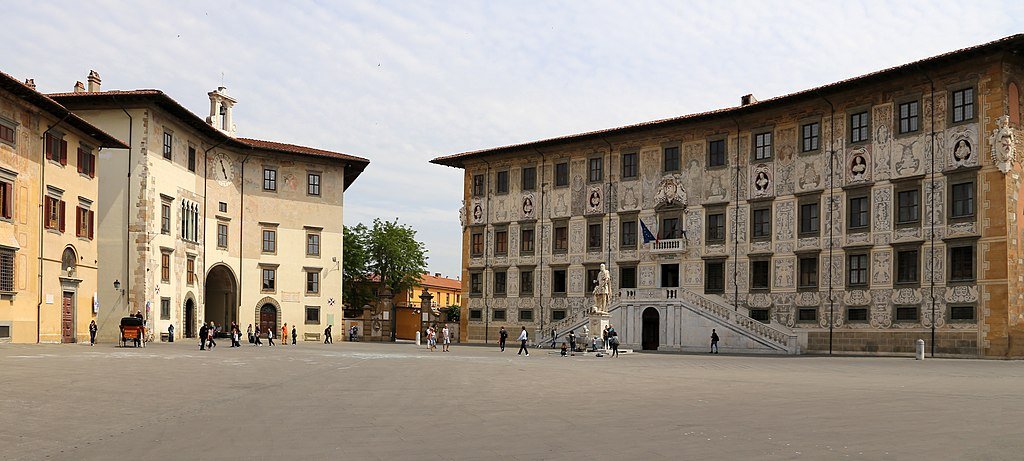
One of Pisa’s largest squares is the Knights’ Square, where the Palazzo del Cavalieri, a stunning palace, is the main draw. The headquarters of the Knights of St. Stephen was first located in this palace, which was built in the 16th century. This palace’s front façade is quite stunning and has some amazing stonework embellishments. In addition, many stone statues symbolise the Dukes of Tuscany and a substantial central staircase that ascends to the main doors. The Palazzo dei Cavalieri and the Knights’ Square are must-see attractions since they are two of Pisa’s finest palaces.
Gelateria De’ Coltelli

Italian ice cream shops are renowned worldwide, and the Gelateria De Coltelli is located in Pisa. This ice cream shop is well-known for its exquisite organic gelato and a wide selection of exquisite, zesty flavours. This gelateria, which is situated on the banks of the River Arno, is a must-visit if you want to sample some real handcrafted ice cream. There are flavours like candied lemon peel, ginger, pine nuts and honey, and even kiwi fruit.
Santa Maria Della Spina
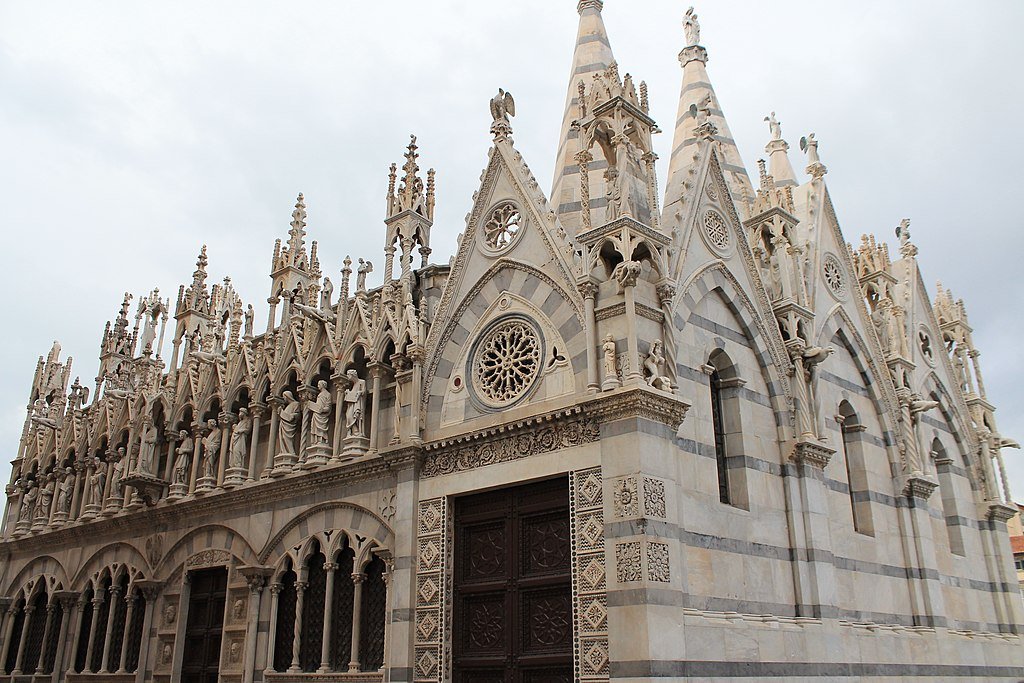
Despite being rather tiny, this church is regarded as one of the most beautiful in Pisa because of its elaborate architecture and riverbank setting. On the left bank of the River Arno, next to the National Museum of Pisa, is the Church of Santa Maria Della Spina. The edifice, which dates back to the 13th century, has a Gothic design with multiple rose windows and several sumptuous pointed pediments. The inside is relatively understated; it has stone walls with white and green stripes and several sculptures. It is worthwhile to see this chapel while strolling along the Lungomare.
The Cathedral of Santa Maria Assunta
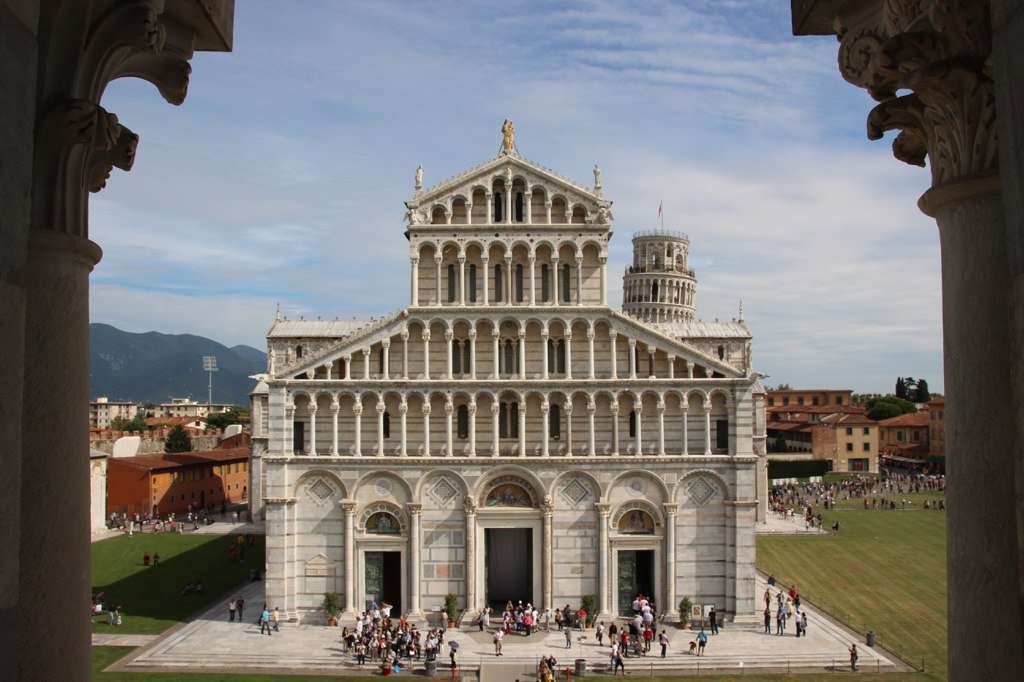
Although the leaning tower can occasionally overwhelm this cathedral, it is nevertheless a stunning building and a must-see when in Pisa. This magnificent cathedral’s construction began in the eleventh century and was finished in 1092. Three lavish bronze doors and a series of lovely stone and marble arches make up the cathedral’s extraordinarily gorgeous front façade. The cathedral’s interior is also very lovely; the main aisle’s ceiling is decorated with gold, and a stunning painting of Mary’s Assumption is painted on the basilica’s dome. This building is a wonder to behold and a true masterpiece of religious architecture.


